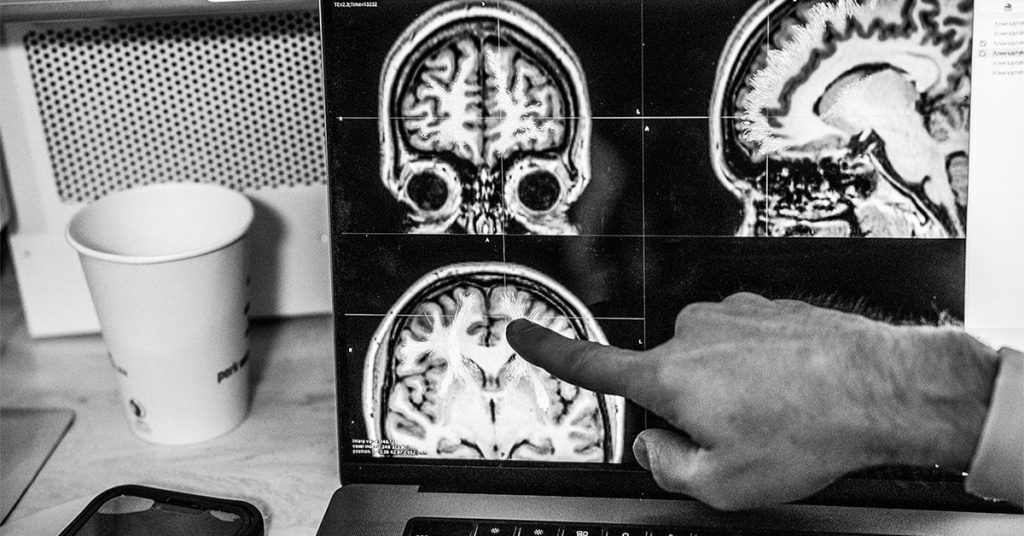Recovery after a stroke can vary significantly among individuals and is influenced by multiple factors. A recent observational study examined the impact of age-related changes in the brain on stroke recovery. The study found a possible link between areas of the brain affected by white matter hyperintensities and motor control recovery after a stroke. Using MRI images, researchers measured the extent of brain damage caused by a stroke and specifically focused on the role of white matter hyperintensities, which are associated with age-related changes in the brain. Lead author Sook-Lei Liew explained that the study contributes to a growing body of research that explores the impact of overall brain health on stroke recovery.
The study, conducted by an international group of scientists and published in Neurology, tracked 223 stroke patients at seven research sites in four countries. Participants were surveyed about their motor control symptoms at various stages of recovery post-stroke, with data collected around 147 days after the stroke. The researchers observed positive associations between white matter hyperintensity size, the brain area affected by the stroke, and motor control symptoms. Individuals with fewer white matter hyperintensities showed stronger correlations between their symptoms and the size of the stroke-affected area, while those with more extensive white matter hyperintensities exhibited a greater correlation with cortical spinal tract damage. Additionally, there were no significant differences between males and females in the study.
White matter hyperintensities, visible as areas of fluid accumulation on MRI scans, are common in individuals over 60 and are associated with aging. These areas have been linked to cognitive decline and the risk of Alzheimer’s disease. Previous research has shown a correlation between white matter hyperintensity volume and shorter telomere length, suggesting that aging plays a role in their development. Inflammation and ischemic injury are two mechanisms known to cause white matter disease and hyperintensities, which can impact the conduction of electrical signals between neurons and affect neural plasticity and recovery mechanisms like neuroplasticity and compensatory neural network activity.
The study’s findings point to white matter hyperintensities as potential modifiers of motor control recovery post-stroke. While the exact causes of these brain changes remain unclear, lifestyle modifications to reduce high blood pressure have been suggested as beneficial. Moving forward, identifying biomarkers associated with white matter hyperintensities could be a valuable area of research for predicting individuals at risk for cerebrovascular disease and improving early prevention strategies. Overall, the study contributes to a growing understanding of the relationship between age-related brain changes and stroke recovery outcomes, emphasizing the importance of overall brain health in post-stroke rehabilitation interventions.


